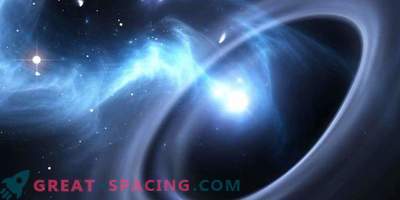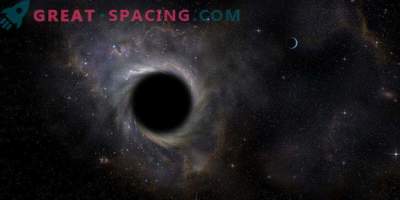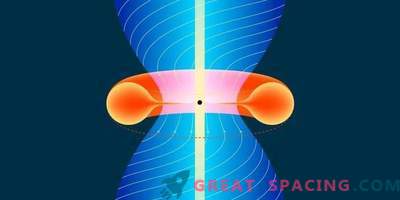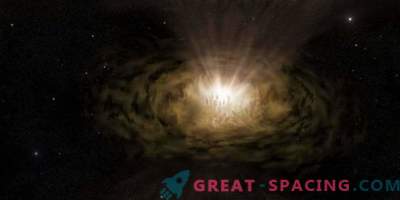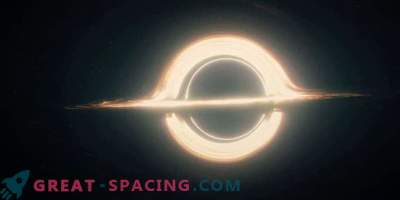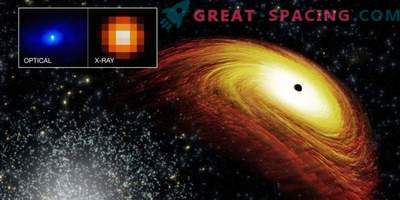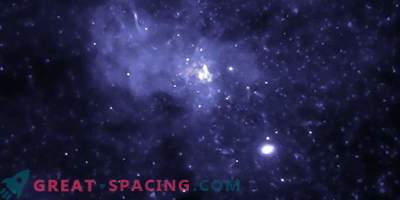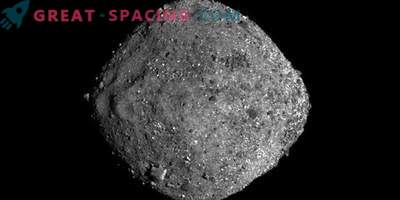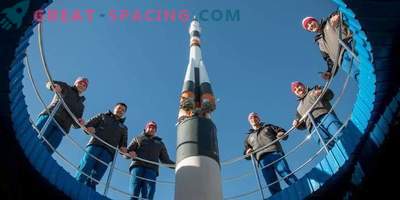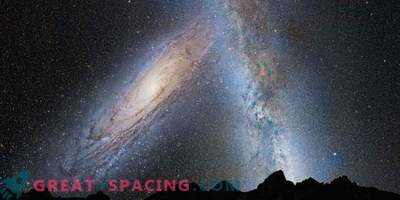
Interpretation of the artist’s rotating supermassive black hole with the accretion disk and relativistic jets surrounding it.
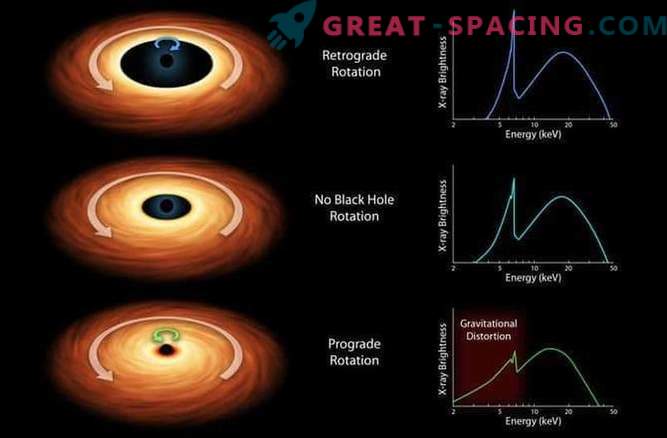
How to measure black hole rotation: This diagram illustrates the main model for determining the speed of rotation of black holes. Three images show different types of rotation:
- retrograde - the accretion disk moves in the opposite direction from the black hole;
- no rotation;
- direct rotation - the disk rotates in the same direction as the black hole.
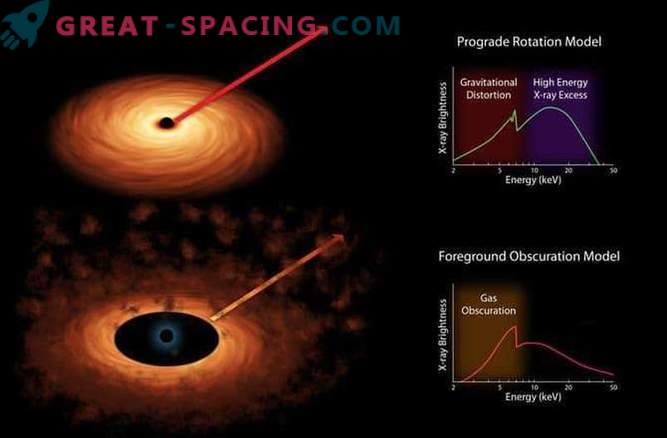
Two models of black hole rotation: Scientists measure speed due to the spread of x-rays, painted in different colors. Light emanates from accretion disks that circulate around black holes. X-ray space telescopes are used for their radiation. Thanks to them, you can separate the colors and see how much the iron imprint differs, as is seen in both graphs. There are two models explaining this. The first (rotation) assumes that iron has spread by distortion caused by the enormous force of attraction of a black hole. An alternative model believes that closing clouds lying near a black hole artificially distorted iron lines. Any of these models will help measure the speed of rotation of black holes.

This diagram shows the electromagnetic spectrum, highlighting the X-ray part. The NuSTAR spectroscopic telescope and the XMM-Newton European Space Agency telescope complement each other by distinguishing different colors of x-ray light. XMM-Newton sees rays with energies from 0.1 to 10 keV in the “red” part of the spectrum, while NuSTAR sees the highest energy (the “brightest” lights — between 3 and 70 keV).
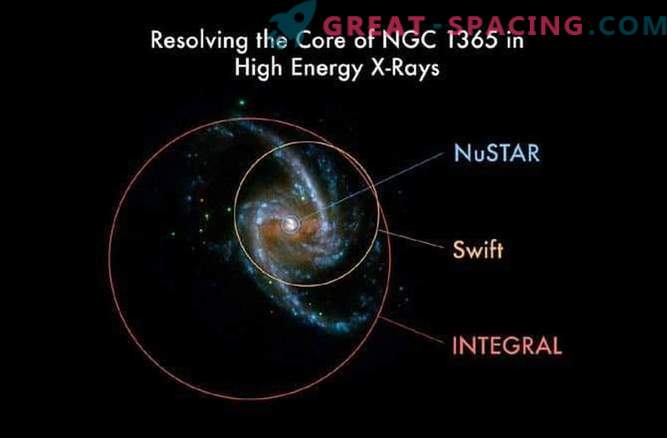
This XMM-Newton image shows the beautiful spiral arms of the galaxy NGC1365. The large regions observed by previous satellites contain so much background radiation that the radiation from the central black hole is mixed and diluted in it. NuSTAR is able to isolate the radiation of a black hole, which allows for a more accurate analysis of its properties.

The lines show two theoretical models explaining the low-energy X-rays observed from the galaxy NGC1365. The red line explains the radiation using a model in which clouds of dust and gas have partially blocked X-rays of light. And the green line is a model in which the radiation is reflected from the inner edge of the accretion disk located close to the black hole. The blue circles show the XMM-Newton measurements, which are equally well explained by both models.

Two X-ray observatories are better than one: NuSTAR was able to show that the speed of rotation of a black hole can be measured completely. XMM-Newton helped him in this. Unlike the previous graph, where the values of the red, green and blue lines were painted, here appears yellow, made by NuSTAR. While both models are equally well suited for XMM-Newton data, only the reflection disk model is suitable for NuSTAR indicators.
